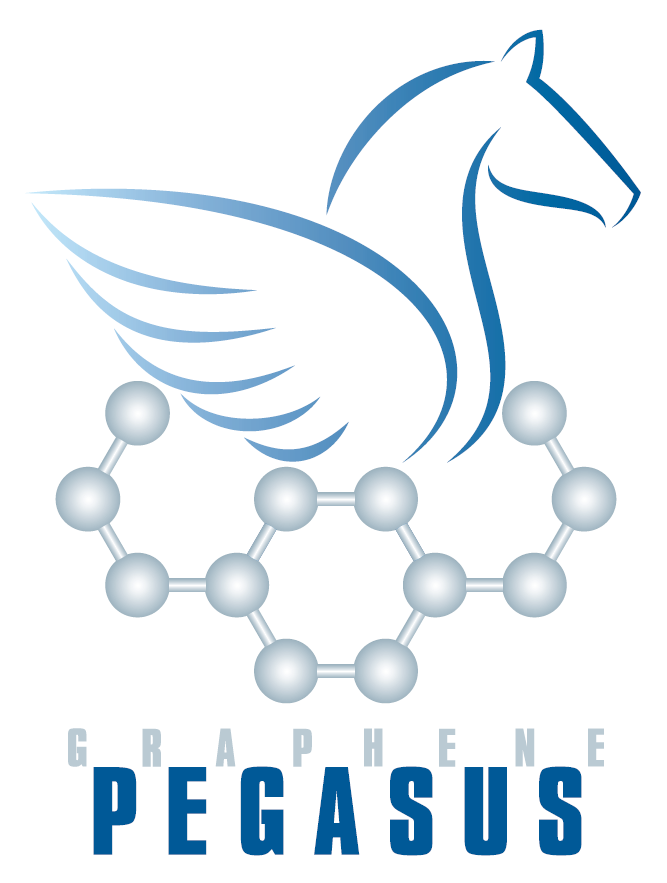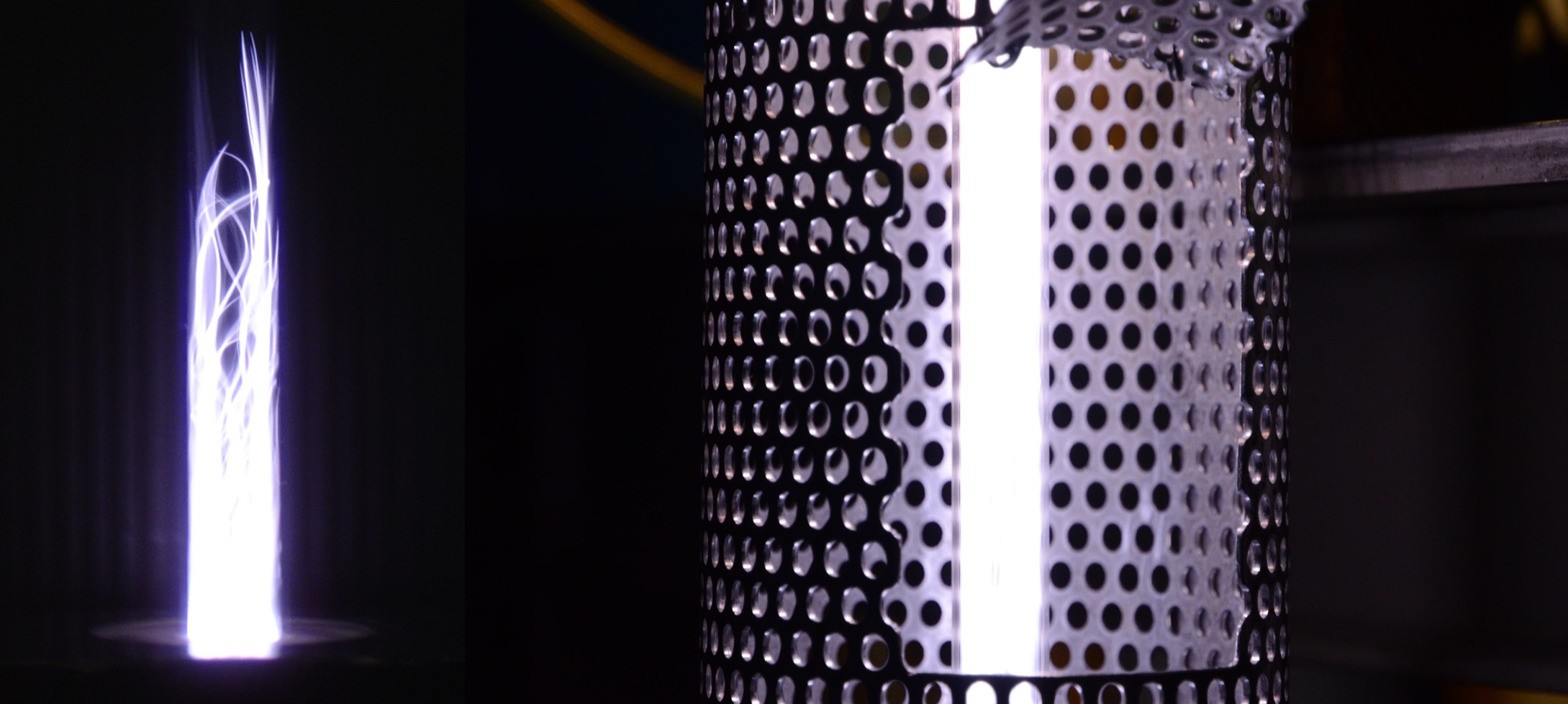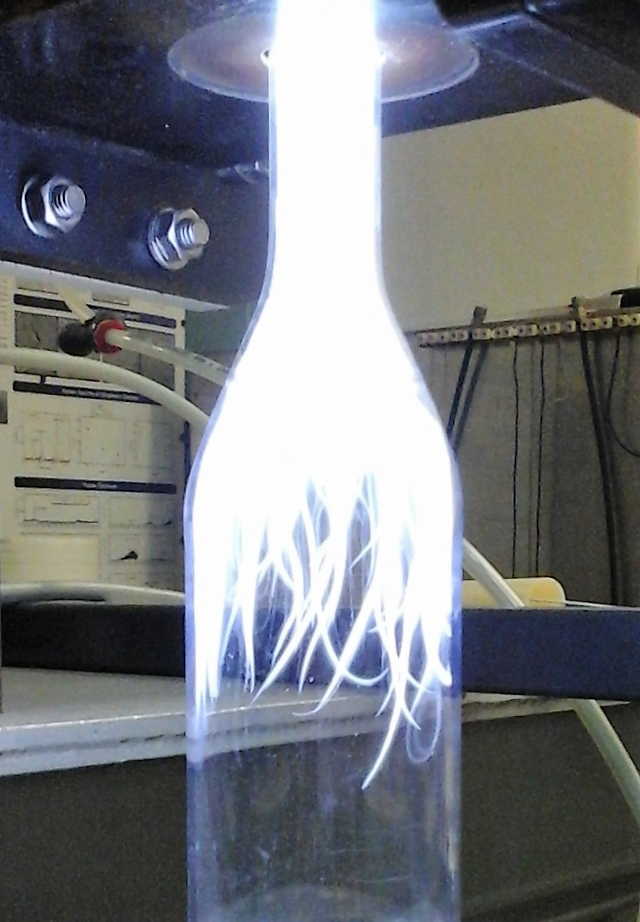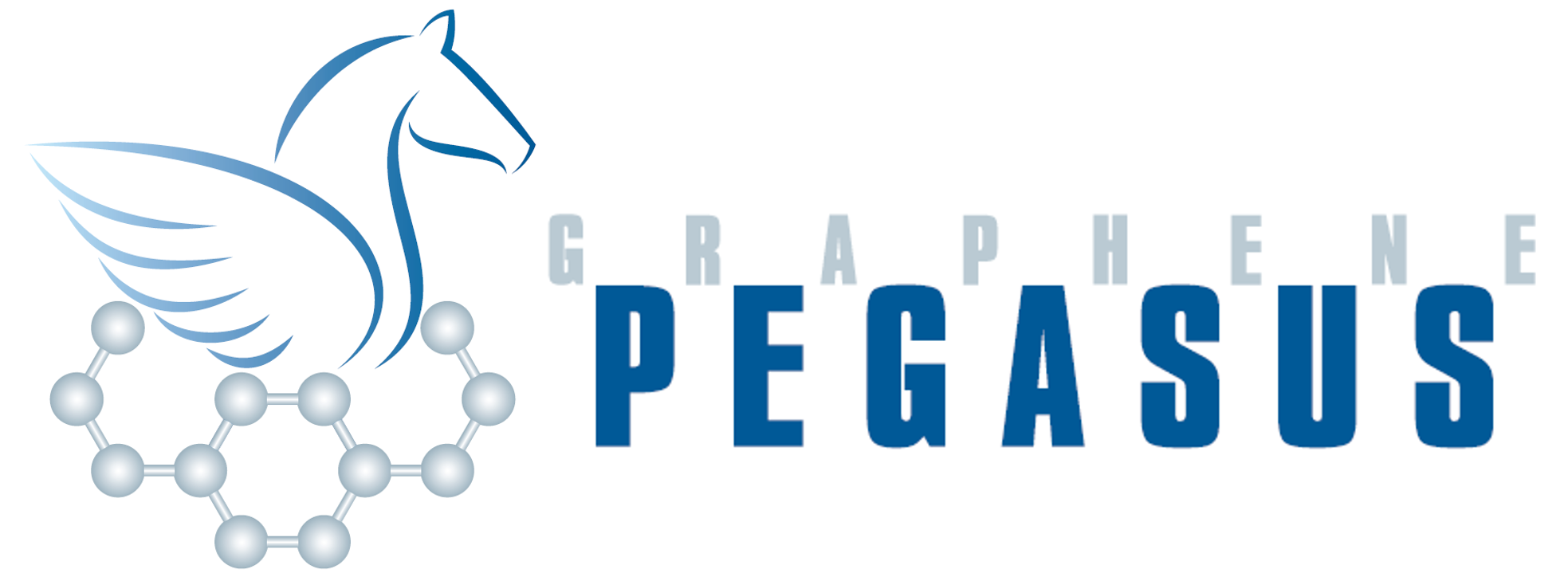


The development of 2D materials is now considered as one of the science and technology research areas with great strategic value. Graphene, one-atom-thick layer of carbon atoms tightly packed into a hexagonal lattice structure hits the headlines as a cutting-edge material with tremendous potential for applications. Graphene gathers a set of unique physico-chemical properties, ranging from its extreme mechanical behavior to its exceptional electrical and thermal conductivities, which are making graphene as a serious alternative to replace many conventional materials for various applications. Graphene and its derivatives such N-graphene are one of the most prospective candidates for next generation energy conversion and storage devices, composite materials etc.
However, to use graphene, it is necessary to draw its genuine characteristics in an industrial size as much as possible. One of the greatest challenges in the commercialization of graphene and derivatives is production of high quality material in bulk quantities at low price and in a reproducible manner. The very limited control, or even lack of it, over the synthesis process is one of the main problems of conventional, i.e. chemical, approaches presently used. To this end, PEGASUS project promotes plasma-enabled large-scale fabrication of free-standing graphene and its derivative N-graphene.
Plasmas, the highest energy density environment, are an assemblage of ions, electrons, radicals, atoms, molecules, photons that behave collectively altogether. With their ability to control energy and matter at atomic scale level plasmas appear as a powerful tool to tackle this challenge. The main advantage of plasmas as a tool in material science is the fact that combine thermal, chemical reactor functions as well as catalytic properties. This feature makes them very competitive alternative and transcendent compared to widely used chemical methods with the main advantage being the control over the synthesis process.
PhD Ana Dias working with microwave plasmas for graphene synthesis.
PhD Edgar Felizardo and PhD Susana Espinho working with microwave dishcarges as sources of EUV/VUV radiation.

